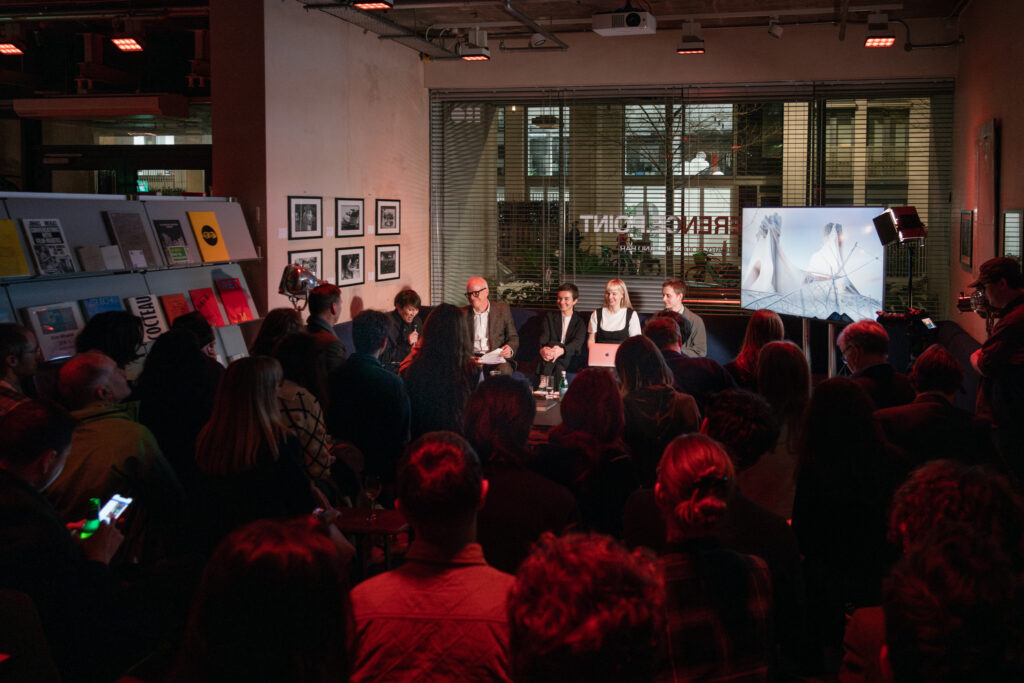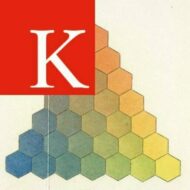A new report investigating the potential of Public AI and its importance for artists and cultural institutions is now available for free to download and to read online.

The AI stack
Studying Public AI, the report lays out the various layers of the AI stack from, data to the AI models and other software components to the natural resources that AI systems need to function.
It has been written by the Serpentine’s Arts Technologies team using research by the Creative AI Lab, a collaboration between the Serpentine and the Department of Digital Humanities, KCL and is part of their annual Future Art Ecosystems publication series. The report is structured around the following research questions:
- What is Public AI?
- What technologies constitute the AI stack?
- How can cultural organisations exert agency within and around AI systems?
- What are the different strategies for artists to experiment and intervene in AI systems?
Instead of approaching AI as a singular, monolithic technology driven by a small number of technology companies, the report considers how present-day AI capabilities, rooted in data, and model and compute components, come into being by means of this technical stack that integrates natural resources, systems, and technologies to produce the necessary hardware and software. By viewing the technology through this composite lens, pathways for intervention or the building of alternatives becomes more imaginable.
The report explores a number of these divergent pathways for specific layers of the AI stack, structured around three chapters: Organisation, Artist, and Ecosystem. In chapter 1, public institutions are assessed as keepers and even stewards of important datasets. The transformation of their operational logic by the introduction of AI infrastructure if also considered.
Process for training pre-training and fine-tuned models
The changing role of the artist becomes central in chapter 2, alongside how artists can make impactful interventions at specific layers of the AI stack. Following the suggestion from artists Holly Herndon and Mat Dryhurst that ‘all media is now training data’, the data used to train large AI models is termed ‘shadow labour’ because of the work that creating such data originally involved. Here, the role and limits of ‘intellectual property’ rights are considered.
But artists are more empowered in the AI context than this might initially suggest. A typology is proposed that explores the different ways that artists work with tools: as ‘users’ of closed-off ‘black boxed’ tool such as text-to-image generators like DALL-E; as ‘auditors’ who might be interested in tinkering with open source tools, and finally ‘competitors’ who build alternatives for the open source community, or to bring to market. Finally, in chapter 3, a set of recommendations for co-ordinated action across the cultural sector is laid out.
Though not a definitive treatment of the intersection between AI, the public interest, and the cultural sector, the report Art x Public AI makes the case for the ecosystem of ‘art and advanced technologies’ as a laboratory for new approaches to building and intervening across the layers of the AI stack.
The purpose of the report is to provide analyses, concepts and strategies for cultural organisations, artists and the broader art and advanced technologies ecosystem responding to the technosocial transformations of AI systems on culture. Based on the belief that culture is a public good, the report shows that public and non-public entities are deeply entangled in every layer of the AI stack and presents recommendations for reclaiming the public in AI and steering its development for the public good.

Launch of the Public AI report – photo by by Sam Nightingale
Watch a presentation and Q&A from Reference Point, London with the briefing’s lead researchers and authors: Eva Jäger, Victoria Ivanova, and Alasdair Milne (KCL PhD student). You can also follow the work of Future Art Ecosystems by subscribing to their newsletter, here.
The Creative AI Lab & Serpentine Arts Technologies
